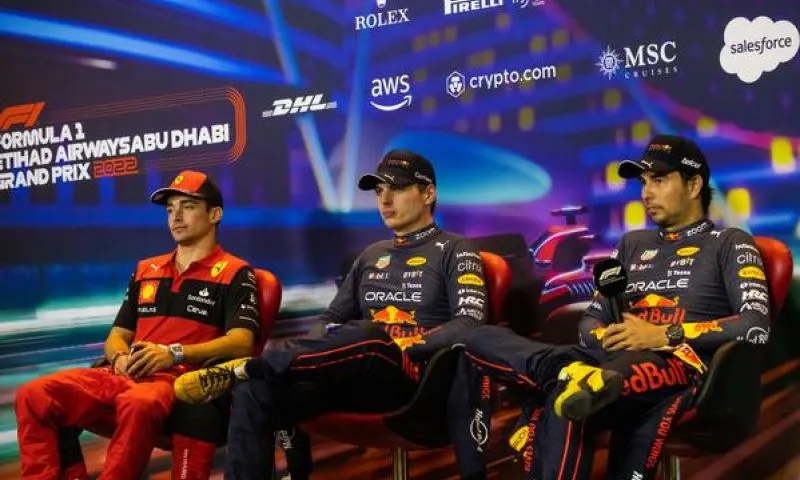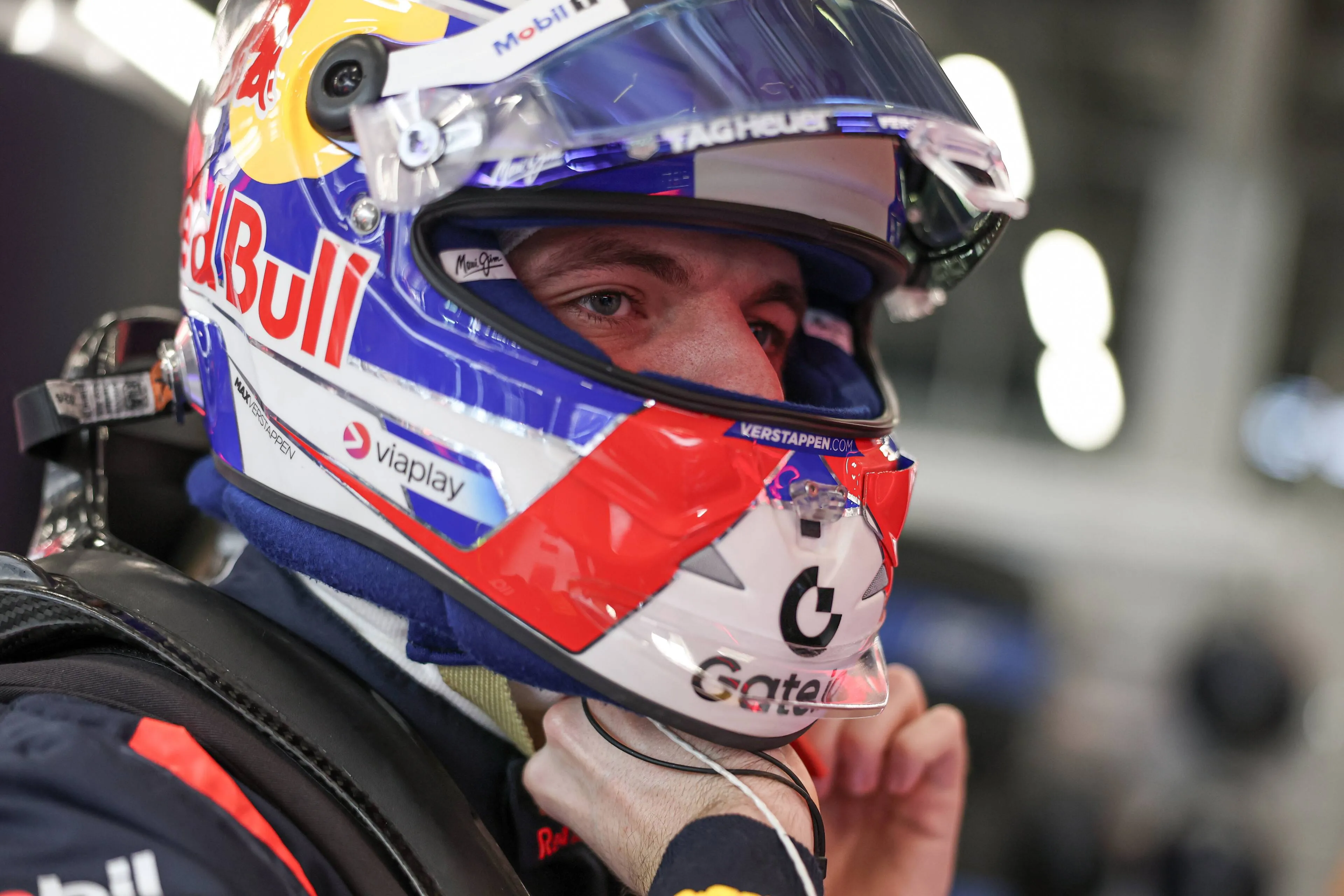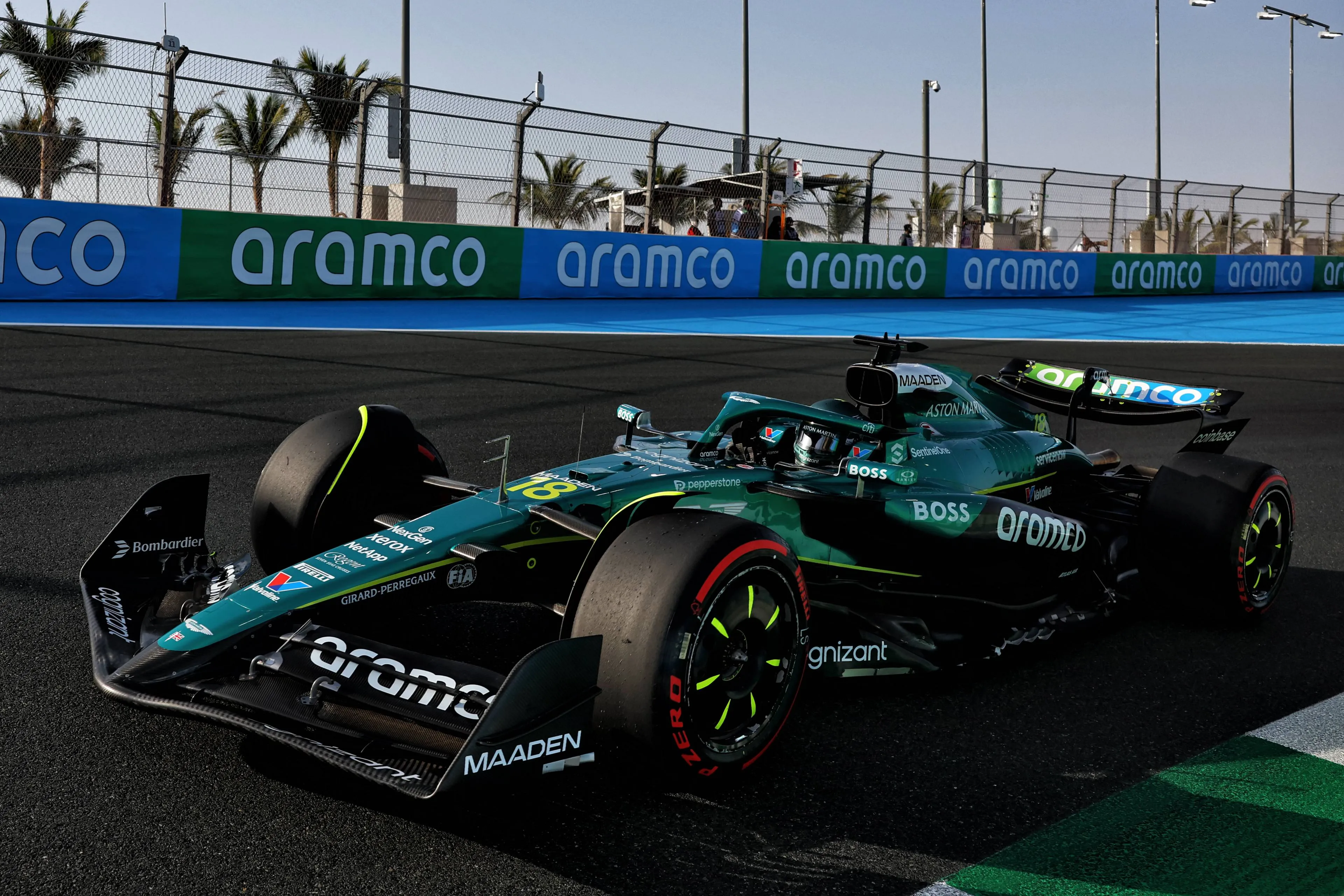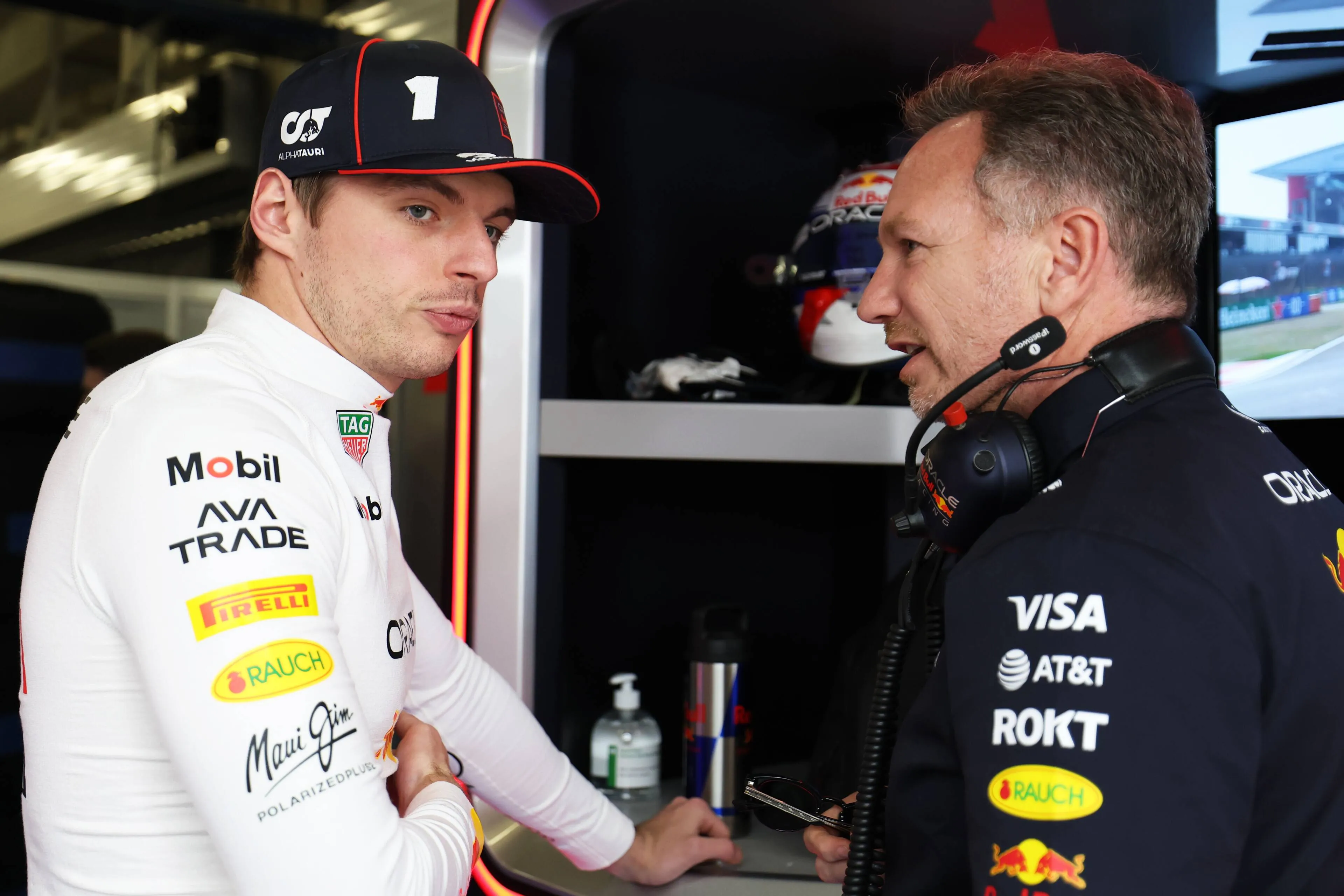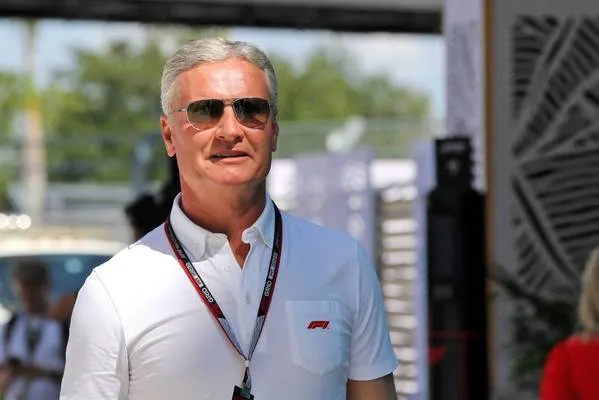F1 revelation highlights big difference: 'No easy way to learn that’
12:05, 10 Aug 2023
0 Comments
McLaren driver Oscar Piastri is having a strong rookie season in Formula 1. The Australian has already managed to prove himself on several occasions, alongside teammate Lando Norris, who is labelled a mega-talent by connoisseurs. In conversation with GPblog and others, Piastri discusses one of the differences between Formula 2 and the pinnacle of motorsport.
In 2021, the now 22-year-old driver made his first meters in Formula 2. He became champion that same year. Winning the championship as a rookie is a feat previously achieved by F1 driver Charles Leclerc and George Russell, who now both have a Grand Prix victory behind their names.
The young McLaren driver is hoping to win a race as soon as possible and has been close to the podium on a number of occasions. In Britain and Hungary, the youngster was on a podium course, and in Belgium, Piastri even finished the sprint race second, behind Max Verstappen.
Piastri right up to speed
Piastri has already earned his stripes in Formula 1 after just 12 races, which is handsome. He seems to have few adaptation problems as a rookie, where Logan Sargeant and Nyck de Vries had more trouble finding speed. An important component in finding speed in the pinnacle of motorsport are the tyres, which are significantly different from Formula 2, acknowledges Piastri:"It's definitely a step more. Firstly, the tyres are very different again to what I've raced before, even if they are still Pirellis."
In Formula 2, the strategy was different, says Piastri. "You start on the soft, the softer compound, the option and get off it as soon as possible, basically, and survive the rest of the race on the harder compound." In Formula 1, there is more involved:"There's more strategy elements, more you can do, I guess, in some ways, to protect the tyres, because the car's producing more, more downforce, stressing the tyres more. So it's more effective in some ways. So it's definitely an element I'm learning." On top of that, Formula 1 races are almost twice as long as Formula 2 feature races. "There's no easy way to learn it because we don't really have any testing or practice to learn how to deal with 70 laps of racing," he concludes.
Read more about:
Popular on GPBlog

1
'People can see how good Max Verstappen is now', says former F1 driver
1440 times read

2
Former Red Bull Driver predicts early departure of Hamilton from Ferrari
1243 times read

3
How Tsunoda compares to Verstappen versus Lawson in 2025
382 times read
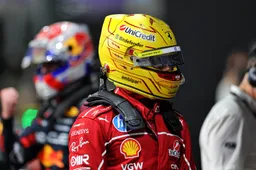
4
F1 Today | Hamilton exit predicted, and exclusive interview with former F1 driver
360 times read



